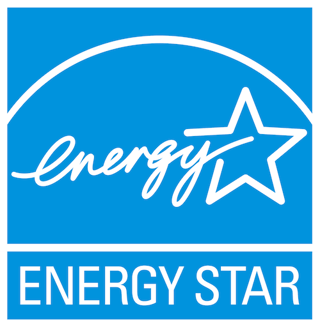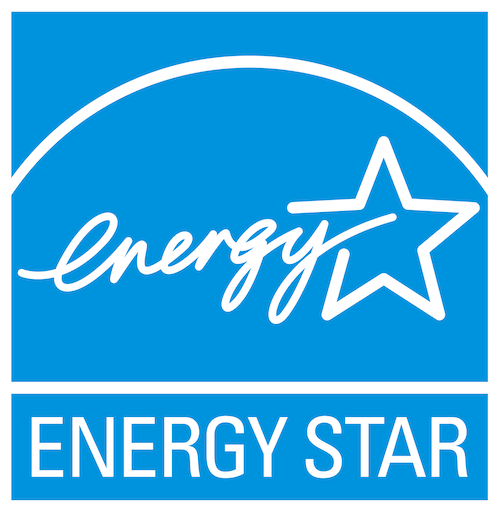For many of us, Energy Star ratings are a useful benchmark we use when purchasing a new washer, dryer, refrigerator, etc. It’s hard to find a downside in reducing our household power usage, lowering our utility bills, and helping the environment. And frankly, it’s not that different for those of us who work within the data center industry: there isn’t really any downside to reducing the operational expenses associated with energy use so long as uptime and service delivery is unaffected.
 The adoption of energy star ratings for data centers was welcomed with the program’s launch in 2010 as part of the National Data Center Energy Efficiency Information Program. There isn’t a cost to certify or renew a data center Energy Star registration and the rating relies on much of the same information that data centers are already collecting. Because of this, it’s not surprising that owners and operators have been seriously considering the advantages of the program and how it can benefit their facilities. Improved energy efficiency and power usage aside, as the concept of the “green data center” continues to gain momentum, a company’s ability to market itself with a high Energy Star data center rating can also be a powerful marketing tool to attract new business.
The adoption of energy star ratings for data centers was welcomed with the program’s launch in 2010 as part of the National Data Center Energy Efficiency Information Program. There isn’t a cost to certify or renew a data center Energy Star registration and the rating relies on much of the same information that data centers are already collecting. Because of this, it’s not surprising that owners and operators have been seriously considering the advantages of the program and how it can benefit their facilities. Improved energy efficiency and power usage aside, as the concept of the “green data center” continues to gain momentum, a company’s ability to market itself with a high Energy Star data center rating can also be a powerful marketing tool to attract new business.
Without delving into the details, a data center’s Energy Star rating is based on IT energy usage through a Power Usage Effectiveness (PUE) score. To obtain the certification, a data center has to be in the top 25 percent of its peers in energy efficiency, according to EPA’s energy performance scale. As a result, companies involved with the program are seeking to reduce their power consumption and optimize their energy efficiency.
This leads data center managers to ask the obvious question: “How do I begin the process of increasing the efficiency of my data center without threatening availability and uptime?” This was a problem RF Code pondered well before the data center Energy Star program came into existence. The reality is that most data centers cannot afford to have the staff needed to consistently collect, process and make improvements based on the information issued from hundreds of sensors and monitoring tools.
With that challenge in mind, RF Code designed and launched the CenterScape and CenterScape Cloud solutions, which were designed to specifically work with data centers of all sizes and provide real-time data-driven insights and control. Serving a variety of functions for data center management staff, the solutions provide a great deal of help in tracking the data needed to obtain an Energy Star score, and even more importantly, identify potential opportunities to improve data center efficiency in order to increase their score.
All things considered, with the long list of priorities that data center engineers are constantly juggling, increasing efficiency often falls to the bottom of the “To Do” list as ensuring uptime and that Service Level Agreements are met take precedence (and rightfully so). With the help of advanced tools, the work of many can be condensed as the critical data is refined into accurate, intelligent information that a manager can use to make better and faster decisions on how to improve data center efficiency. Suddenly, tracking the 11 months of data required to obtain an Energy Star score isn’t as daunting, and with the aid of Real Time Operating Intelligence, making informed decisions on how best to increase data center optimization can become a priority.
This valuable information can have uses beyond Energy Star ratings as well. Rebate programs are being offered through utility companies and are available in many locales throughout the country (either via specific programs or through custom commercial savings programs that businesses can negotiate with their energy services providers). With the use of real-time data-driven tools to provide critical insights and options, data center operators can make intelligent power usage reductions and efficiency improvements while potentially receiving a reimbursement from a utility company, all of which helps to foster a healthy bottom line.
With adoption of data center Energy Star ratings still taking place across the country, reporting on the program has been limited. However, with so little downside, it’s hard to imagine why owners and operators would delay the process in obtaining a score for their facilities. With the availability of solutions to help make the process of increasing efficiency easier and faster than ever before, it’s only a matter of time before data centers are measuring their Energy Star scores against each other as the next benchmark to gain new customers. Given the tremendous environmental benefits that this will create, we should all welcome that day.




